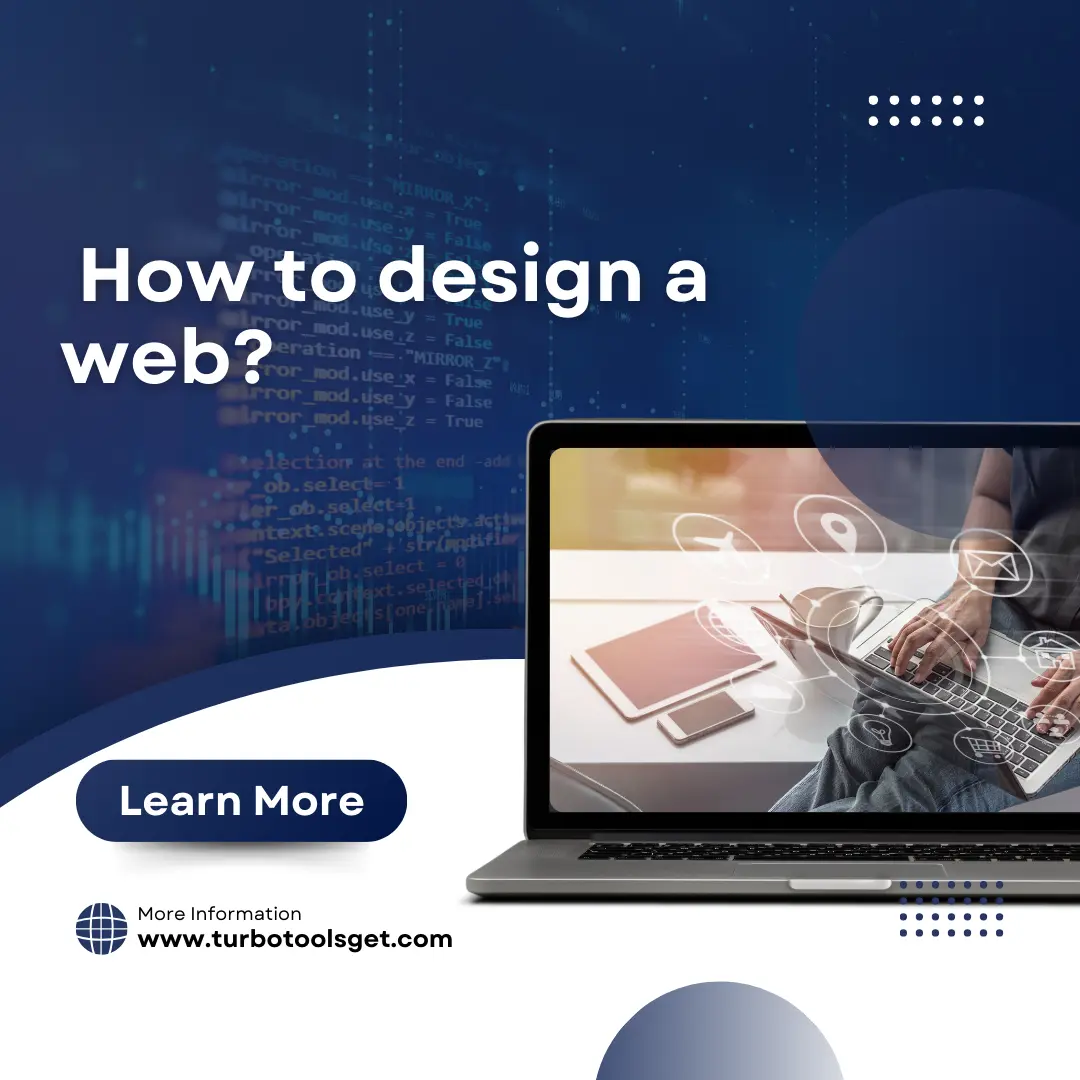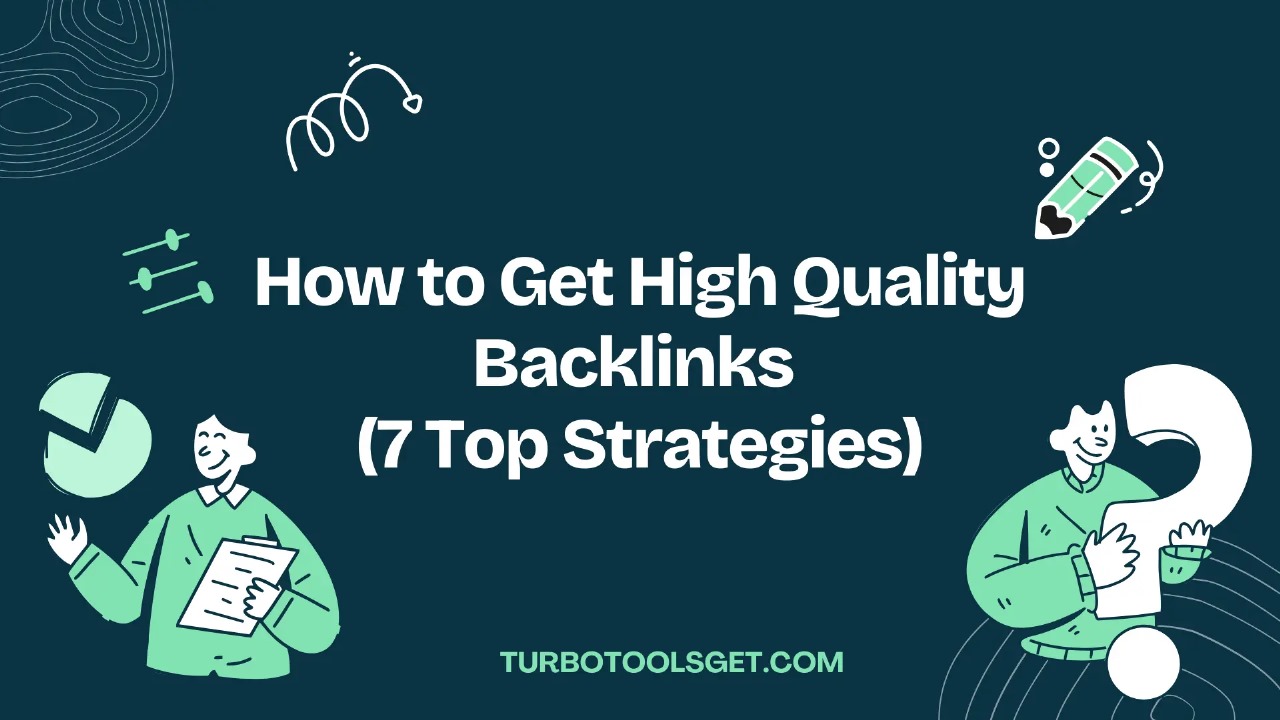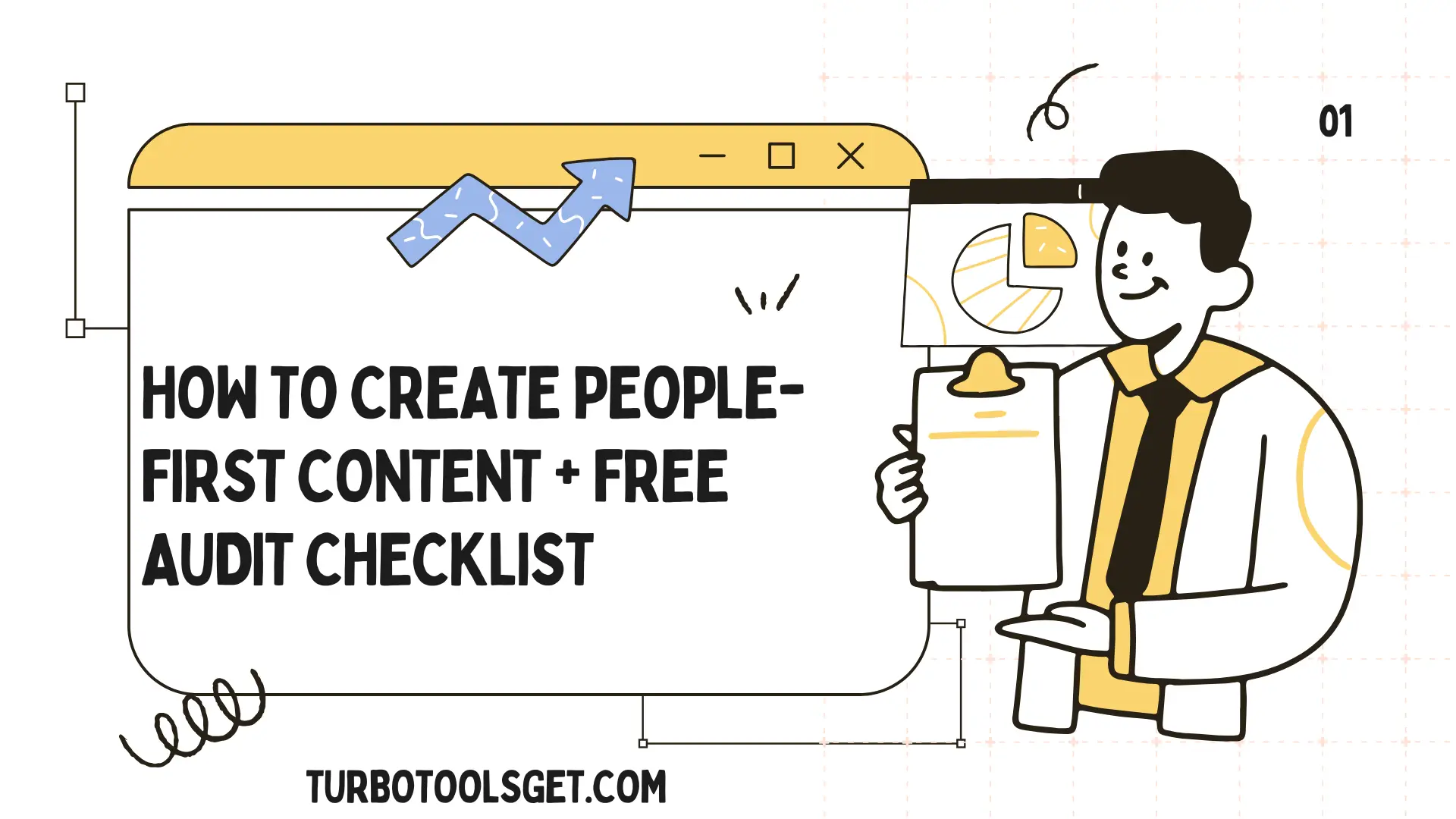How To Design a Website?

If you know what your goals are, you can be intentional about every design decision. Also crucial is to know who your target audience is. Who are you trying to reach? Understanding your target audience can be beneficial because awareness of what they are like, their age, when they visit the site and so on allows you to tweak the design to their likes. Consider factors, such as age, location, interests and tech savviness. Now, suppose that you have teenagers as your target audience.
Table of Contents
Planning and Structure:
Now based on your goals and target audience, decide how your website would be structured. This involves.
Sitemap: A visual representation of your entire website structure, including all of your pages and their connections. Make It Easy for Users with a Sitemap. Start with the most critical pages, namely homepage, about us, services/products, and contact.
Page Content: Figure out what content goes in what pages. Consider what content (text, images, videos), tone and style you will be utilizing to engage with your target audience. If you want to have visitors on your site who will stay, you need to write good content that is related to your purpose.
User Flow: Think about how your users will navigate your site. The journeys that they’ll take to get what they seek or to ‘go down the journey’ with desired action, eg, a purchase or contact form filling. A well thought out, and easy to use user flow is crucial to a great experience.
Choosing Platform and Technology
There are quite a few routes one can take to building a website, each with its potential pros and cons. CMS (Content Management Systems): WordPress is an example of a CMS, which offers pre-designed frameworks and user-friendly channels to manage and update your website content. Only users with a modest knowledge of code.
Website Builders: Companies, like Wix, Squarespace, and Weebly, provide great drag-and-drop interfaces and templates. Best for Beginners who want to create a site quickly, but may tie you down more than a CMS.
Custom Development: Custom sites require developing a website on HTML, CSS, JavaScript, etc. This gives the most flexibility, but at the cost of more technical knowledge. Which option you should choose largely comes down to your experience level, budget and the complexity of your website.
Design and Visual Identity:
They should align with your brand identity: Your website conveys your own brand identity, colours, font and tone; Similar to image branding; maintaining consistency not only gives a professional impression, but it also helps an online presence become recognizable.
Page layout: it needs to be eye catching and easy to findKeep this in mind as possible responsive content organisation with a grid system. Whitespace makes things readable and avoids clutter.
Typography: Use simple yet elegant fonts that mirror your brand. Use hierarchy to guide the eye and make salient what is important.
Content Types: Use a variety of content types, including image posts, polls, videos and infographics. Optimize the images for the web to improve loading speed.
User Experience (UX) Design:
User Experience (UX) design is all about delivering a quality user experience. Key aspects include.
Paraphrased: Make your website hierarchy easy to navigate and hyperlinks intuitive. Users are to be able to find what they are looking for quickly and efficiently.
Mobile Responsive: In a world where mobile comes first, it is very important to have a responsive website, which means the website scales to all types of devices and screen sizes. Test your Blog on Various Devices for a seamless experience.
Ensure your site is accessible: Build your website in such a way that it can be accessible to people with disabilities. That involves things like supplying alternative text for images, using sufficient color contrast and ensuring it’s navigable via keyboard.
CTAs (Call to actions): Use clear and compelling CTAs to guide users and encourage them to perform actions, such as purchase a product, subscribe to a newsletter, or contact you.
Testing and Iteration:
You should test everything well when creating the initial version of your website. This includes
Test Your Site: Ask friends, family, or coworkers to try out your website and provide feedback. Identify new user pain points or confusion. Ensure your website will run smoothly across different web browsers (Chrome, Firefox, Safari, Edge, etc.) — Cross browser Testing.
Performance testing: Loading time of your website and speeds optimization. High bounce rates can create slower loading speeds. Iterate and continue improving your design based on the testing experience H4. Web designing is an ongoing process, so You need to regularly check & update your website according to changing user needs.
Launching Your Website:
When you have satisfying site you need to set it live. This involves.
Domain Name: Choose a unique but easy domain name for your website.
Website Hosting: Choose a reliable hosting provider for storing your website files. Upload Your Files to Your Web Hosting Post Launch Maintenance and Optimization. What you should do after launching your website.
Track Performance: Data like traffic, bounce rate, and conversion rate are invaluable to learn what’s working and what’s not. Frequent Variety Of Content: Human beings have short attention spans and they won’t return to your website if every page contains the same headings. Schedule updates for security.
Optimize With Search Engines: Optimize your website using search engine optimization (SEO) techniques to boost your website's ranking in search engines. This is only one of the many processes and pieces of considerations that can come with designing a website. Use this article as a guide to create a site that serves your needs So designing a website doesn't come to an end, improvement is the key to success.
RIZVE MAMUN
CEO / Co-Founder
Enjoy the little things in life. For one day, you may look back and realize they were the big things. Many of life's failures are people who did not realize how close they were to success when they gave up.





